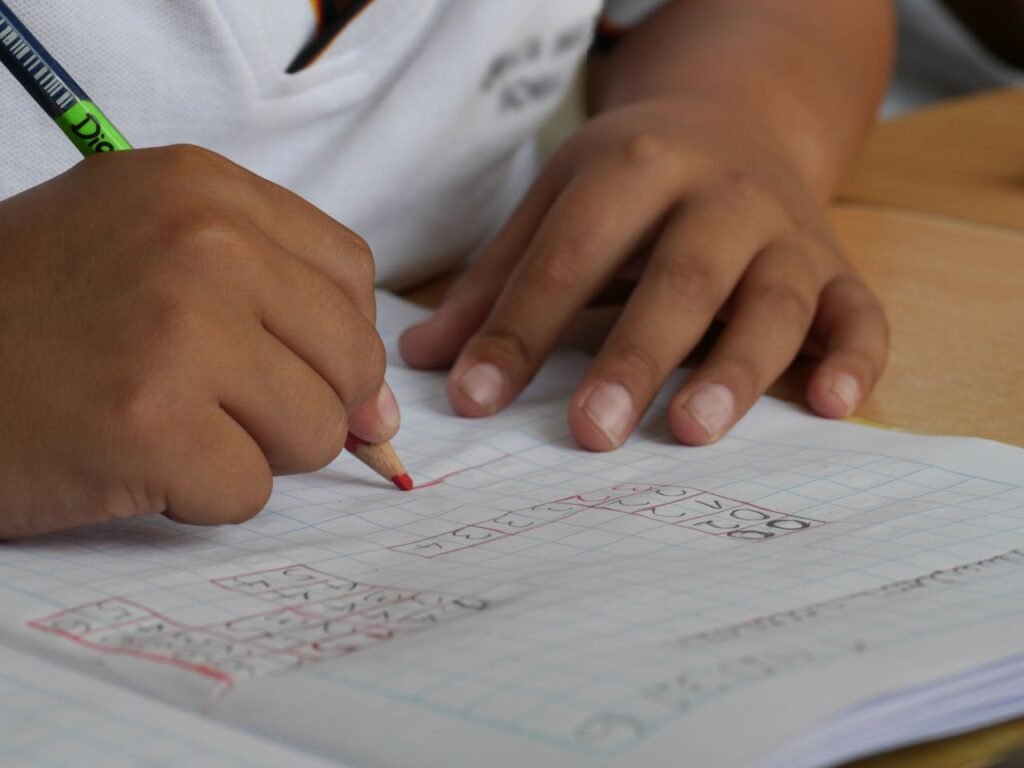Look up at the night sky. Those tiny dots of light are stars, planets, and galaxies far, far away. Humans have always wondered what’s out there — and rockets are the machines that take us closer to the answer.
But here’s the real question: how does something as heavy as a rocket escape Earth’s pull and fly into space? It’s not magic — it’s science. The same rules of physics that make a ball fall to the ground can also send a rocket soaring into the sky.
In this article, we’ll break down rocket science into simple ideas you can understand. We’ll explore how rockets launch, what keeps them moving in space, and why they’re built the way they are. You’ll learn about fuel, engines, gravity, and even how astronauts breathe and eat on long missions — all explained in everyday words.
What Is a Rocket?
A rocket is a special kind of vehicle that can travel through space. Unlike cars, airplanes, or trains, a rocket doesn’t need to roll on wheels or fly through air. In fact, it can work where there’s no air at all — like in outer space.
You might have seen rockets in pictures of NASA launches or in movies. They’re usually tall, thin, and shaped like a cylinder with a pointed tip. But their shape is not just for looks — every part of a rocket is designed for a reason.
How Does a Rocket Work?
Here’s the simple idea: a rocket moves forward by pushing something backward. This is called action and reaction, which comes from Newton’s Third Law of Motion:
For every action, there is an equal and opposite reaction.
Let’s imagine you’re standing on a skateboard holding a basketball. If you throw the ball forward, your skateboard will roll backward. You didn’t push yourself — the ball pushed back on you as you pushed on it.
A rocket works the same way, except instead of a ball, it throws out hot gases at high speed. These gases shoot out of the engine in one direction, and the rocket moves in the opposite direction.
The Role of Fuel
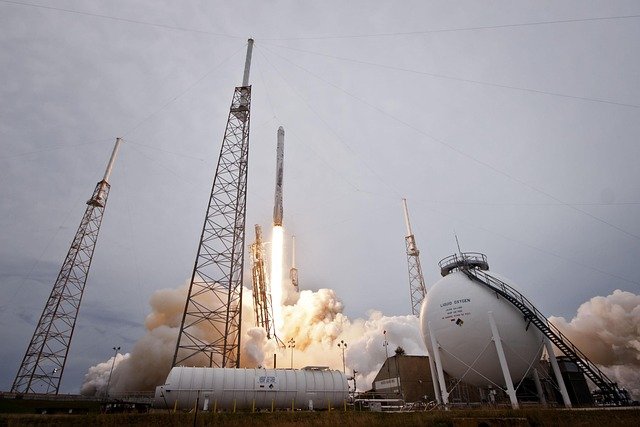
To get those hot gases, a rocket needs fuel. This fuel burns inside the engine, releasing energy. The burning fuel produces gases that rush out of the rocket’s nozzle at incredible speed. This high-speed exhaust is what pushes the rocket upward.
Different rockets use different types of fuel:
- Liquid fuel – stored in tanks and pumped into the engine where it mixes and burns.
- Solid fuel – packed into the rocket and burned like a giant firework.
Some rockets even use both at different stages.
Fighting Gravity
On Earth, rockets have a big challenge — gravity. Gravity is the invisible force that pulls everything toward the ground. To get into space, a rocket has to fight against gravity and go fast enough to escape it. This speed is called escape velocity — for Earth, it’s about 11 kilometers per second (that’s over 25,000 miles per hour!).
That’s why rockets have such powerful engines and carry so much fuel. They need an enormous push to break free from Earth’s grip.
Stages of a Rocket
You might notice rockets often have “parts” that fall away during launch. This is because rockets are built in stages.
- The first stage provides the most power to lift off from the ground.
- Once its fuel is used up, it’s dropped to save weight.
- The next stage ignites to keep the rocket going faster and higher.
This way, the rocket doesn’t carry empty tanks into space — which would waste energy.
How Rockets Move in Space
Once a rocket leaves Earth’s atmosphere, it’s in outer space — a place with no air, no wind, and almost no friction. You might think this would make a rocket stop, but actually, it’s the opposite.
In space, if something is moving, it keeps moving unless something stops it. This is Newton’s First Law of Motion — an object in motion will stay in motion unless acted upon by another force. Since there’s no air to slow it down, a rocket can keep coasting for a long time after its engines turn off.
That’s why rockets don’t have to burn fuel the whole way to the Moon or Mars. They fire their engines to speed up, then drift along their path, using small bursts of fuel only to adjust their direction.
Why Rockets Don’t Need Air to Work
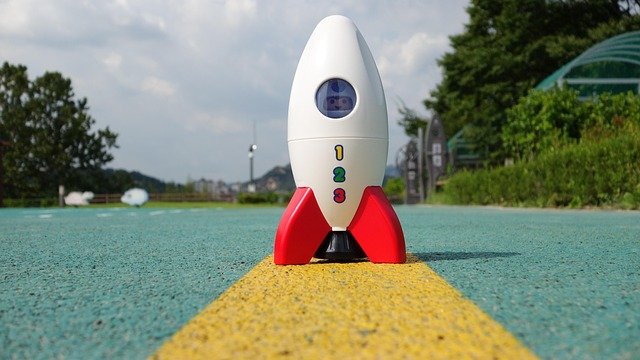
Airplanes need air because their engines work by pulling in oxygen from the atmosphere to burn fuel. But in space, there’s no air at all — so how does a rocket keep working?
The answer is that rockets carry their own oxygen along with their fuel. In a liquid-fuel rocket, for example, one tank holds the fuel (like liquid hydrogen) and another holds the oxidizer (like liquid oxygen). When they mix and burn, they create hot gases that shoot out of the nozzle, pushing the rocket forward.
Since they carry everything they need, rockets can work in space just as well as they do on Earth.
Life On Board a Rocket
Getting to space is one thing — but what about living there? Astronauts in rockets or space stations have to deal with challenges we never think about on Earth.
- No Gravity: In space, there’s microgravity — astronauts float around instead of standing or sitting. They use straps or Velcro to keep themselves in place while sleeping or eating.
- Air Supply: Rockets and space stations have systems that make oxygen from water and remove carbon dioxide from the air.
- Food: Astronauts eat special food that won’t crumble (because crumbs could float into equipment). Many meals are dehydrated and need water added before eating.
- Water: Water is stored carefully and recycled from air moisture and even urine using purification systems.
How Rockets Steer in Space
You might wonder — if there’s nothing to push against, how can a rocket change direction in space? The answer is thrusters. These are small engines placed around the rocket or spacecraft. When they fire, they push in a certain direction, causing the rocket to rotate or adjust its path.
By firing different thrusters, astronauts can point their spacecraft toward a planet, a space station, or a safe re-entry path to Earth.
From Launch to Orbit
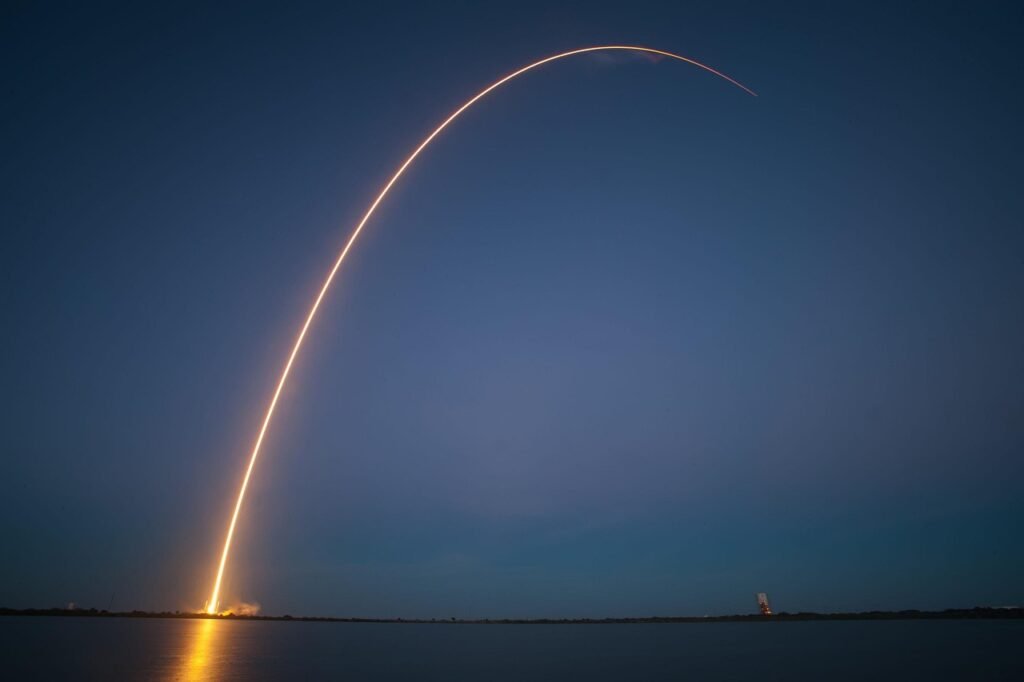
The launch of a rocket is one of the most powerful events in engineering. It starts with the engines firing at full force, creating huge flames and clouds of smoke. Slowly at first, the rocket lifts off the launch pad — then it climbs faster and faster, shaking the ground as it rises.
The rocket’s first goal is to reach orbit, which means traveling fast enough sideways around Earth so that, as it falls toward the planet due to gravity, the planet curves away beneath it. This creates a continuous “fall” that keeps the rocket circling the Earth instead of crashing back down.
To reach orbit, rockets must travel at about 28,000 kilometers per hour (17,500 miles per hour). That’s why so much fuel is needed just for the first few minutes after launch.
What Happens After Orbit
Once the rocket is in orbit, it might:
- Release satellites to circle the Earth.
- Send a capsule to dock with the International Space Station.
- Fire its engines again to head toward the Moon or Mars.
For missions to other planets, scientists plan precise launch windows — specific dates when the planets are in the best positions for travel.
Returning to Earth
Getting back to Earth is just as tricky as getting into space. A spacecraft returning from orbit must slow down so that gravity pulls it back into the atmosphere.
As it re-enters, it meets thick air at high speed, which creates intense friction and heat and temperatures can reach over 1,600°C (3,000°F)! To survive this, spacecraft are covered in special heat shields that absorb and deflect the heat.
When it’s low enough, parachutes open to slow the descent further. Capsules usually land in the ocean or on solid ground, where recovery teams pick up the astronauts or equipment.
Space Agencies and Rocket Innovation
The two biggest players in modern rocket launches are government space agencies and private space companies.
- NASA (United States) has sent astronauts to the Moon, built the Space Shuttle, and now works on missions to Mars.
- ESA (European Space Agency) builds satellites, telescopes, and works on planetary exploration.
- SpaceX (founded by Elon Musk) has developed reusable rockets that can land themselves after launch, reducing the cost of space travel.
- Blue Origin (founded by Jeff Bezos) works on rockets for tourism and long-term space settlement.
These agencies and companies share one big goal: making space travel safer, more affordable, and capable of reaching farther than ever before.
The Future of Rockets
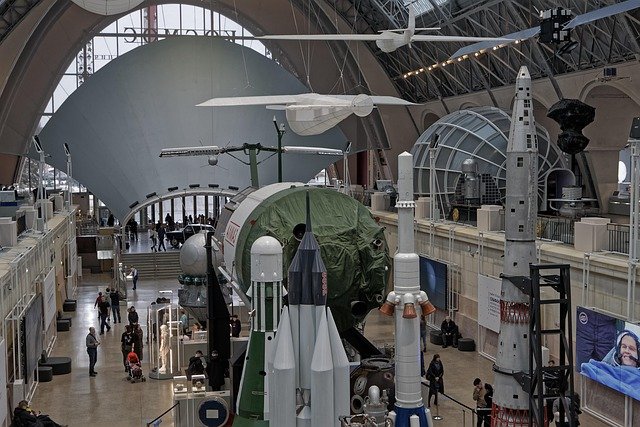
The rockets of tomorrow will be faster, smarter, and cheaper than anything we’ve seen before. For over 60 years, rockets have mostly followed the same basic plan — launch, drop empty stages, and never use them again. But now, we’re entering a new era where rockets might not just be tools for scientists and astronauts, but vehicles that could change how ordinary people see the universe.
Reusable Rockets – Flying Back Home
For decades, the biggest expense in space travel was that each rocket could only be used once. Imagine throwing away an airplane after every flight — that’s how wasteful old rockets were.
Companies like SpaceX have flipped the script by making rockets that can land upright after launch. These landings are incredible to watch — a huge booster returning from space, firing its engines at just the right moment, and touching down softly on a platform in the ocean.
By reusing rockets, costs drop by millions of dollars, and launches can happen more often. In the future, rockets might be able to take off, land, refuel, and launch again within days — just like planes at an airport.
Missions to the Moon – Building a Space Neighborhood
NASA’s Artemis program isn’t just about visiting the Moon for a few days. The goal is to set up a permanent base where astronauts can live and work. This Moon base would be like a science station in Antarctica — but on another world.
Why start there? Because the Moon is close enough to practice building life-support systems, growing food, and using local resources before trying it on Mars, which is far more dangerous and remote. Rockets for these missions will have to carry heavy cargo, from construction materials to habitat modules.
Journey to Mars – The Next Giant Leap
Mars is the big dream for many space agencies. A trip there will take six to nine months, and astronauts will need to stay for over a year before the planets align for the return trip.
This means rockets must:
- Carry enough fuel for both the journey and the return.
- Protect astronauts from deep space radiation.
- Have storage for food, water, and supplies for nearly three years.
SpaceX’s Starship is being designed with exactly this in mind — a massive rocket that can take 100 people to Mars at once and then come back to Earth for another trip.
Space Tourism – You Could Be Next
We’re already seeing short space trips for tourists, offered by companies like Blue Origin and Virgin Galactic. Passengers ride to the edge of space, float in zero gravity for a few minutes, and see Earth’s curve from above. Right now, it’s expensive — tickets cost hundreds of thousands of dollars — but as rockets become reusable and more efficient, these prices could drop dramatically.
Imagine field trips to space becoming as common as airplane travel today. Kids who are in school now might grow up to see the stars up close — not just through a telescope.
Beyond Mars – Reaching the Outer Planets
Farther into the future, rockets may take us beyond Mars to explore the icy moons of Jupiter and Saturn, where scientists think alien oceans might exist under frozen surfaces. To get there, we’ll need completely new types of propulsion — like nuclear rockets, which could cut travel time in half, or solar sails, which catch sunlight like wind in a sailboat.
These ideas might sound like science fiction, but so did Moon landings once — until rockets made them real.
How Debsie Makes Rocket Science Fun for Kids

When people hear the words “rocket science,” they often imagine something complicated and full of hard math. At Debsie, we believe it doesn’t have to be scary — in fact, it can be one of the most exciting topics for kids to learn. Our approach is to turn rocket science into a hands-on adventure where every child feels like a young engineer or astronaut.
1. Learning Through Doing, Not Just Watching
Instead of just reading about Newton’s laws or looking at rocket diagrams, our partner teachers guide kids through activities where they can see the science happen.
- Younger students might build a simple balloon rocket that zooms along a string, watching action and reaction in real time.
- Older students might design paper rockets, then test how changes in shape or weight affect their flight.
By using everyday materials, kids get the thrill of creating something that actually moves — just like real rockets, but on a safe, small scale.
2. Turning Physics Into Play
We know kids learn best when they’re having fun. That’s why our lessons feel like challenges or games:
- Can you build a rocket that flies the farthest using only paper, tape, and a straw?
- Can you design a launcher that makes your rocket go higher than anyone else’s?
- Can you adjust your rocket’s “payload” so it still flies straight?
Each challenge is secretly teaching deep science — like aerodynamics, fuel efficiency, and stability — without ever feeling like a boring lecture.
3. Connecting to Real Missions
We bridge classroom learning with real-world space exploration. Kids don’t just hear “rockets go to space” — they learn about the Artemis program, Mars rovers, and the International Space Station. They see videos of launches, talk about why rockets look the way they do, and discover how astronauts live in zero gravity.
This connection makes every lesson feel important and alive. Kids realize, “What I’m learning now is what real scientists and astronauts use every day.”
4. Encouraging Curiosity and Creativity
We encourage every student to ask “what if” questions — what if the rocket had bigger fins? What if it launched at a different angle? What if it carried a heavier payload? These questions spark problem-solving skills that go far beyond rocket science.
At Debsie, there’s no single “right” design. Kids test, observe, improve, and try again — just like professional engineers. That process builds resilience and confidence, because they learn that mistakes are just steps toward better results.
5. Building Lifelong Skills
While they’re learning about rockets, kids are also building skills that will help them in all areas of life:
- Critical thinking – figuring out why something worked or didn’t.
- Teamwork – collaborating on designs and sharing results.
- Persistence – refining their rockets until they work better.
- Communication – explaining their ideas to others clearly.
By the end of a Debsie rocket science unit, kids aren’t just a little smarter about space — they’re more confident in themselves as problem solvers.
Rockets in Everyday Life
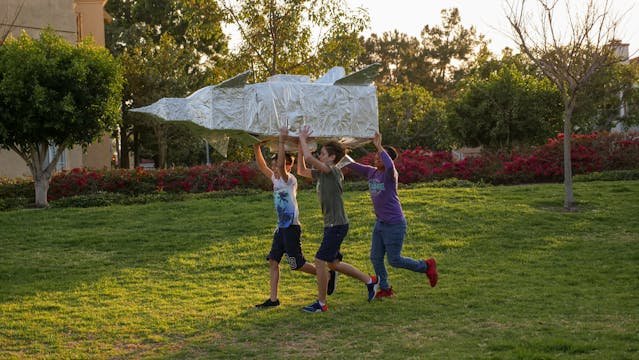
When most people hear the word “rocket,” they picture a towering space vehicle launching into the sky with flames and smoke. While that’s true for space missions, the science of rockets is also hiding in everyday objects and events. You might not notice it, but the same basic principles that send astronauts to the Moon also help with celebrations, safety, and even sports here on Earth
Fireworks – Mini Rockets for Fun
Next time you watch fireworks on New Year’s Eve or Independence Day, remember — you’re actually watching tiny rockets.
Inside each firework shell is fuel, just like in a rocket engine. When it burns, it pushes the firework into the air (action), and the firework moves upward (reaction). Once it reaches its peak, the shell bursts open, releasing bright colors and patterns. The only real difference between a firework and a rocket to space is scale — fireworks go hundreds of feet, rockets go hundreds of miles.
Ejection Seats – Rockets That Save Lives
In fighter jets, pilots have special seats that can blast them out of the aircraft in an emergency. These ejection seats have tiny rocket motors built in. When activated, the rockets fire instantly, pushing the seat and pilot away from the plane at high speed, giving them enough height and distance to safely open a parachute.
Weather Research – Rockets for Science
Meteorologists — scientists who study the weather — sometimes use small rocket boosters to carry instruments high into the atmosphere. This lets them collect important data about wind, temperature, and pressure far above the ground. Without this information, weather forecasts would be less accurate, and early warnings for storms and hurricanes would be harder to give.
Rescue and Safety Signals
Out at sea, ships in distress can fire rocket-powered flares into the sky. These flares shoot up high and burn brightly, even in bad weather, so rescuers can spot them from miles away. In snowy mountains, rescue teams sometimes use similar rockets to signal their position to helicopters.
Technology Spin-Offs – Everyday Items from Rocket Science
Rocket science isn’t just about building rockets — it’s about solving extreme problems. Many materials and designs first made for rockets have ended up making everyday products better:
- Fire-resistant fabrics for firefighter uniforms.
- Lightweight insulation now used in homes to save energy.
- Shock-absorbing foam first made for astronaut seats, now used in running shoes and sports helmets.
Even the scratch-resistant coating on some glasses and phone screens was inspired by technology developed for spacecraft.
Conclusion
Rockets may seem like something far away, reserved for astronauts and space agencies, but the truth is they are part of our lives in more ways than we imagine. They carry satellites that give us GPS and weather forecasts, they inspire new technologies we use daily, and they open the door to worlds we’ve only dreamed of visiting.
Understanding how rockets work is more than a science lesson — it’s a lesson in human creativity, persistence, and the belief that the impossible can become possible. From the bright flash of a firework to the silent glide of a spacecraft orbiting the Earth, rockets are proof of what happens when curiosity meets engineering.
At Debsie, we bring this spirit of discovery to every lesson. We don’t just teach kids facts about rockets — we let them experience rocket science. Through hands-on activities, interactive challenges, and real-world connections, we help children see themselves not just as students, but as future scientists, engineers, and explorers.
🚀 Your child’s journey into the wonders of science can start today. Sign up for a free trial class at Debsie.com and watch them light up with curiosity, excitement, and confidence — because the next big leap into space could begin in your living room.
Read next:

